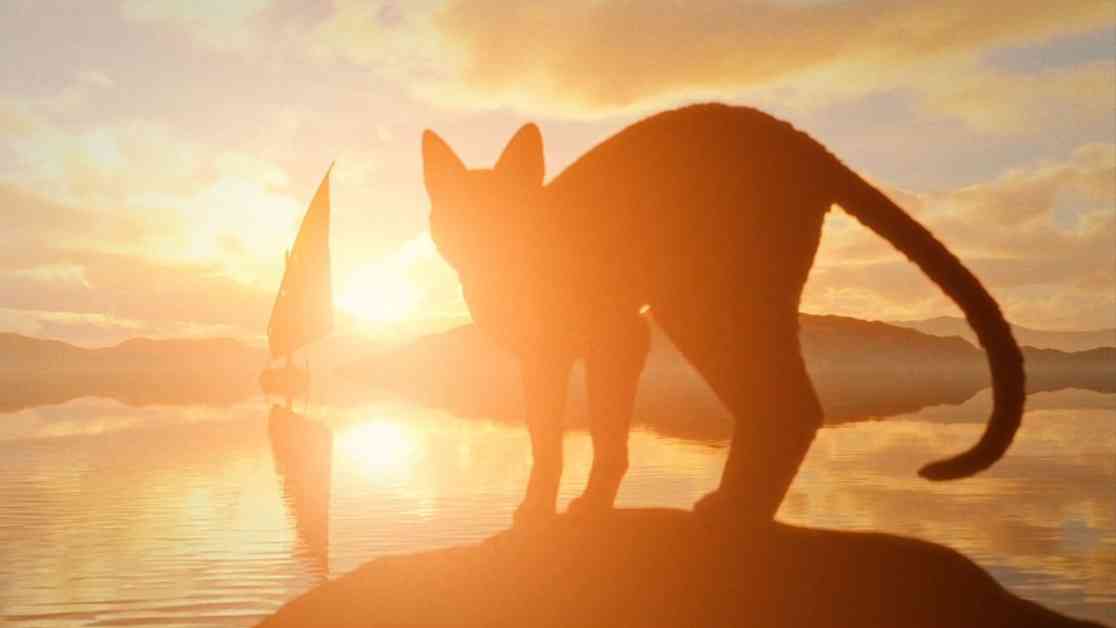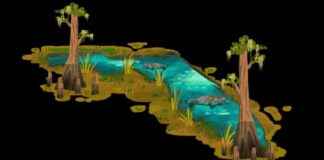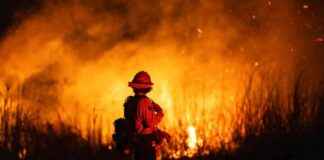In a world where disaster can strike unexpectedly, the animated film “Flow” challenges viewers to consider how they would respond in the face of adversity. Directed by Gints Zilbalodis on a modest budget of $3.7 million, this Latvian film has defied Hollywood norms, winning a Golden Globe for Best Animated Feature and earning nominations for two Academy Awards. The story follows a black cat and a group of animals navigating a drowned landscape, showcasing their instinctual survival skills and their ability to band together in the face of danger.
Breaking Barriers in Animation
Independent animation films often struggle to break into the mainstream, as big-budget productions dominate the industry. However, “Flow” has managed to captivate audiences with its unique blend of animal-like characters and simplistic 3D animation style. While other acclaimed animated films have struggled to gain recognition, “Flow” has received praise for its authenticity and emotional depth.
The film’s success is not only a testament to Zilbalodis’ storytelling skills but also to the unique approach taken in its creation. Unlike traditional animated films that anthropomorphize animals, “Flow” portrays its characters realistically, allowing viewers to connect with their natural instincts and behaviors. This choice adds a layer of depth to the story, highlighting the animals’ struggles and triumphs in a way that feels genuine and relatable.
A Tale of Resilience and Unity
As the floodwaters rise and the animals face increasing challenges, “Flow” explores themes of fear, cooperation, and self-preservation. Through meows, chitters, woofs, and grunts, the characters communicate in a way that feels true to their nature, creating a sense of authenticity that resonates with audiences. The conflicts that arise among the group reveal the complexities of their relationships and the importance of working together in times of crisis.
Zilbalodis’ decision to animate “Flow” using Blender, a free 3D modeling engine, sets the film apart from mainstream productions. The use of this software creates a visually striking experience that immerses viewers in the story, enhancing the sense of urgency and tension as the characters navigate the treacherous landscape. Despite its low-budget origins, “Flow” proves that innovation and creativity can shine through in the world of animation.
As the film reaches its conclusion, the animals face one final test of their unity and resilience. While they ultimately survive the ordeal, the aftermath serves as a poignant reminder of the challenges they have overcome and the losses they have endured. Through it all, “Flow” captures the essence of survival, friendship, and hope in a world where disaster can strike at any moment, leaving its characters forever changed and the audience deeply moved.














